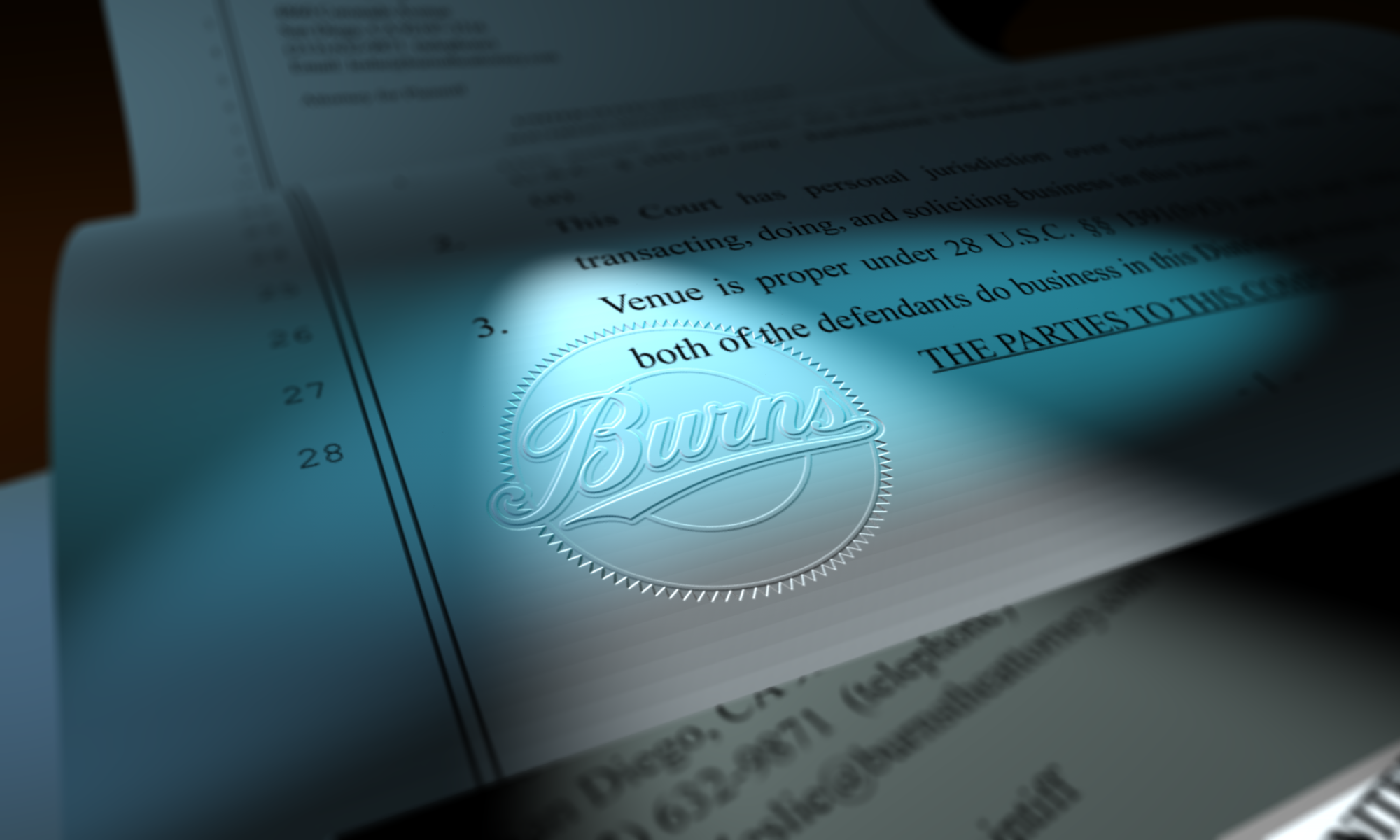First, an apology for not posting anything for a bit. In my defense, I have been extraordinarily busy: on top of my practice, Im prepping for a move next week (packing is such a time-sucking chore) and have been hosting my niece for a couple of weeks while she does an externship in emergency veterinary medicine.
Im very proud of my niece. I have no right to be as Ive had nothing to do with her upbringing beyond sending presents and good thoughts across the country (shes from Atlanta and goes to the University of Georgia School of Veterinary Medicine in Athens, GA), but Ill claim the privilege of relation. Contrary to the stereotype millennial, she has worked hard to get where she is. In case you werent aware, getting into vet school is harder than human medical school–there are many fewer schools and the competition is fierce. She will be awarded her doctorate next spring.
My niece reminds me of the value of work and a good attitude. She could have been daunted by the odds, by the amount of work, by the cost of school, by a whole host of things that could go wrong, but she did it anyway. I’m sure she was afraid, more than a bit, of failing at many points along the way. But she did it and shows every sign of becoming a very good and successful vet–maybe even specializing in surgery. Wow!
She, and my upcoming move, remind me of how facing our fears and doing (whatever) anyway is the best route to success. Speaking of which, I wrote the following in 2006 and it holds true today…
_______________
Ive written about fear in one of my Manuals[1], but there is something about fear and business that I may not have been clear about: we all have it. Every single businessperson has fearsuccessful people do, just as less successful ones do. The difference is in how one deals with the fear.
If you are afraid and own up to it, face it, and challenge the fear, you are more likely to be successful. Some call that courage, and if that word works for you, then use it. What it is, whatever you call it, is taking risks and being open to living with the results.
We do that every day. Every day we take a risk driving (accidents), playing a sport (hurting yourself) or even just eating (food poisoning). Theres a risk in taking a shower (you could slip) or taking some medication (side effects) and there are big risks in falling in love (a broken heart). And yet we do these things regularly. Why? Because the payoffs are worth it and we know that we can live with the results, even if they are painful.
Can you imagine never being in love? Sure, youd never run the risk of getting hurt. You could protect your heart and rationalize it by saying that over 50% of relationships break up, etc. Thatsoundsreasonable. But, youd never know the joy of an intimate relationship, or passion, or the sublimely absolute trust that someone is totally there for you even in your lowest moment.
So it is in business. You can play it safe, not take risks, and be like most everyone else who is trying to do the same thing, or you can try something new and risky, but whichmightpay off in a big way.
Did you become a creative to do what others have already done, or did you do it because you see things differently and/or you want to express something more in your work?
Take the riskbe your whole self and show your true vision. Be passionate. Put yourself out there. Yes, you may fall on your face, but youll be truly alive in the process and, more importantly, you can only be great if you try.
——–
[1] For those of you who dont know, when I was a rep and consultant (as Burns Auto Parts), I use to post and send to clients articles I called Manuals.
_________________
P.S. These days we have a lot of external fears–things over which we feel we have almost no control. For many of us our country (USA) is headed in not only the wrong direction, but a truly dangerous one. We can’t let those fears stop us either. Facing these fears may mean standing up to the racist/homophobe/misogynist screaming at you without turning to violence, or running for office, or protesting, or protecting DACA kids and immigrant families of all kinds. I encourage everyone to do the right things, to stand up for the truly American way and not this hateful MAGA hypocrisy, and to know that we can and shall overcome.
